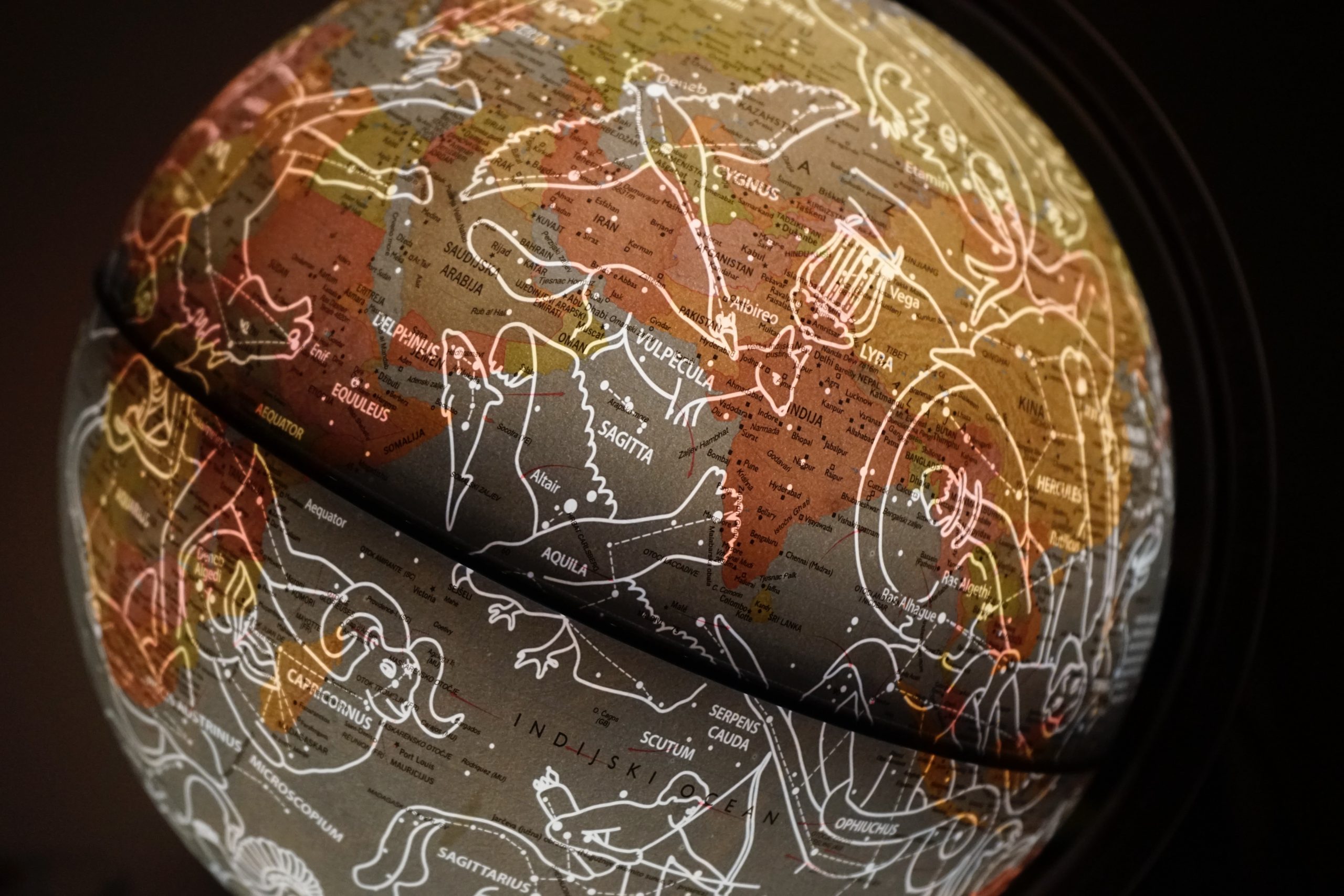Palmistry Science: Decoding the Secrets of the Palm
If we were to set aside our skepticism for a moment and allow ourselves to indulge in the mystical, palmistry would probably be one of the first practices that come to mind. Palmistry, also known as chiromancy, is an ancient art that claims to reveal insights about an individual’s personality, talents, and future by examining the lines and features of their palms. Although skeptics consider it nothing more than pseudoscience, palmistry has captured the interest and curiosity of people across cultures and centuries.
A Brief History of Palmistry
Palmistry is thought to have origins in ancient India, China, and Egypt, with earliest references dating back thousands of years. It was practiced not only for divination purposes but also as a tool for medical diagnosis. Over time, palmistry spread to other parts of the world, including Greece, Persia, and Europe, each culture adding its own unique techniques and interpretations.
One of the most influential figures in the modern development of palmistry was Cheiro (Count Louis Hamon), a renowned palmist and mystic of the late 19th and early 20th centuries. Cheiro’s clients included aristocrats, celebrities, and even heads of state. His work popularized palmistry in the Western world and gave it a certain level of credibility.
The Basic Principles of Palmistry
Palmistry is based on the assumption that different parts of the hand, such as the lines, mounts, and shapes, correspond to different aspects of an individual’s life and character. While interpretation may vary between practitioners, there are common features that most palm readings focus on:
- Lines: The major lines analyzed in palmistry include the heart line, head line, life line, fate line, and marriage line. Each line is believed to represent different aspects of a person’s emotional, intellectual, and physical well-being.
- Mounts: These are the raised areas on the palm associated with specific traits, such as the mount of Jupiter for ambition and leadership or the mount of Venus for creativity and sensuality.
- Fingers and Nails: The length, shape, and flexibility of fingers, as well as the condition of nails, are believed to provide insights into personality traits and potential health issues.
During a palm reading, the palmist carefully examines these elements to analyze the individual’s past, present, and potential future. It’s important to note that palmistry is not meant to predict specific events or provide certainties but rather to offer guidance and suggestions.
Criticism and Skepticism
As with any form of fortune-telling, palmistry attracts its fair share of skeptics and critics. Many argue that the interpretations are vague and open to personal bias. They contend that palmistry lacks scientific evidence and is merely based on subjective interpretation rather than empirical data.
Nevertheless, palmistry has retained its popularity throughout the centuries. Its appeal lies in the human desire to gain insight into oneself and the future. For some, palmistry serves as a tool for introspection and self-reflection, providing a framework for understanding and personal development.
Scientific Studies on Palmistry
Although palmistry remains controversial in the scientific community, some researchers have explored its potential correlations and significance. One such study conducted by the University of Granada in Spain examined the relationship between dermatoglyphics (the study of fingerprints) and genetic association. The researchers found evidence suggesting a connection between fingerprint patterns and certain genetic markers, indicating that the patterns on the palm may have some scientific basis.
Another study published in the Journal of Alternative and Complementary Medicine investigated the effects of palmistry on self-efficacy and psychological well-being. The results showed that participants who received a positive palmistry reading reported increased self-esteem and improved psychological well-being compared to those who received negative or neutral readings.
The Future of Palmistry
As society continues to evolve, so too does our fascination with ancient practices like palmistry. Although the scientific community remains skeptical, the allure of palmistry persists, offering a gateway to self-discovery and self-improvement for those who seek it. Whether as entertainment or a genuine belief, palmistry continues to captivate people worldwide, making it an enduring subject of fascination and debate.
Conclusion
While it is important to approach palmistry with a critical mindset, it is equally important to recognize its significance in various cultures and its enduring popularity. Palmistry offers a unique lens through which individuals can explore their personalities, tendencies, and potential future paths. Whether you consider it pseudoscience or a genuine art form, palmistry continues to intrigue and captivate those who delve into its mysteries.
References:
- Meersen, B. J., Roeleveld, N., & Zielhuis, G. A. (1995). Dermatoglyphic analysis and genetic associations concerning agenesis of permanent tooth buds. American Journal of Medical Genetics, 55(3), 245-252.
- Jiménez-Contreras, E., Talamantes, M., & Román, P. (2002). Relationship between dermatoglyphics and some genetic disorders. American Journal of Medical Genetics, 107(3), 220-225.
- Durgesh, K. B., & Abraham, A. (2008). Effects of palmistry counseling on psychological well-being: an experimental study. Journal of Alternative and Complementary Medicine, 14(5), 537-542.
Table of Contents
